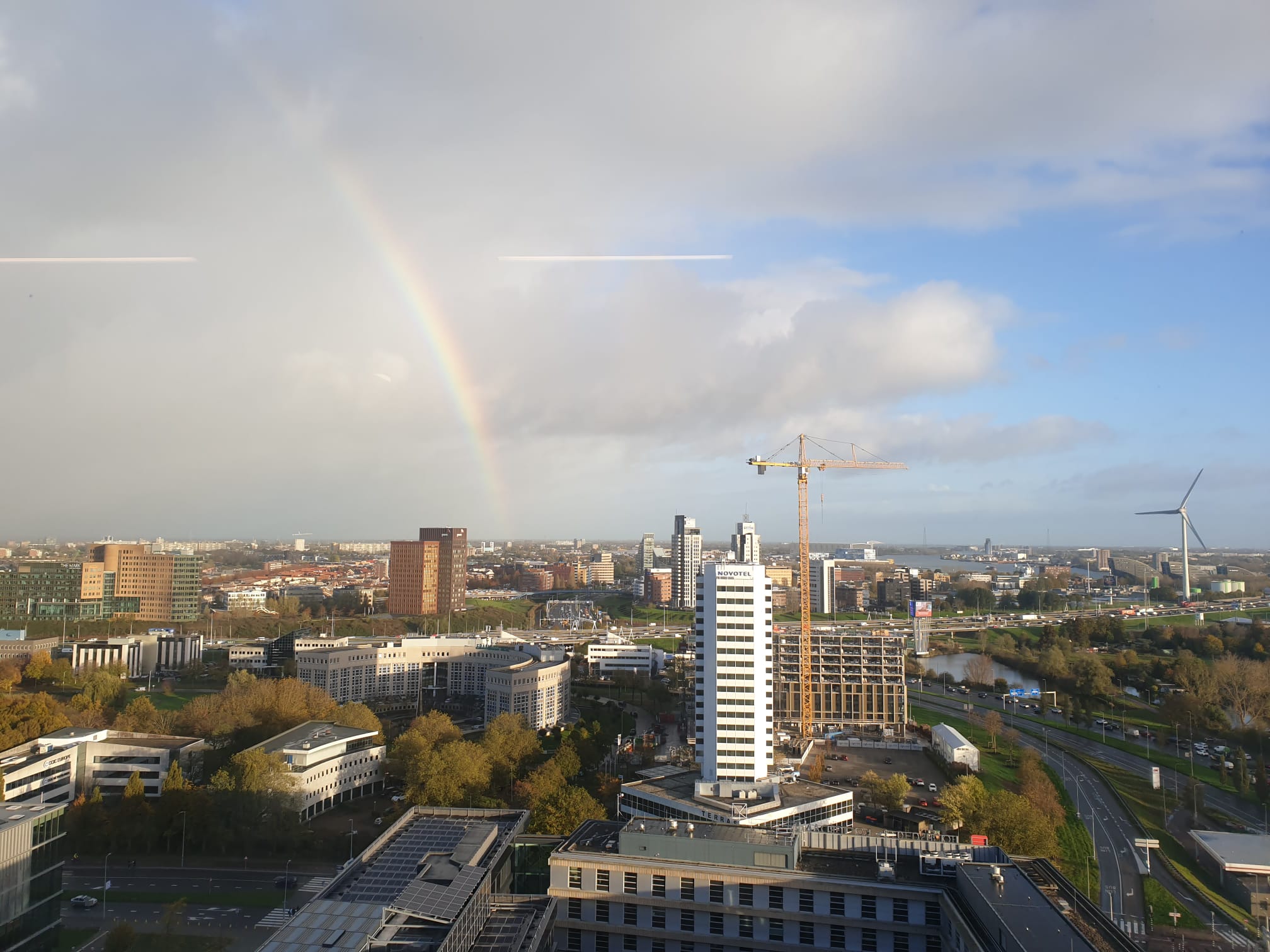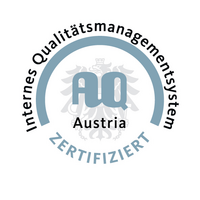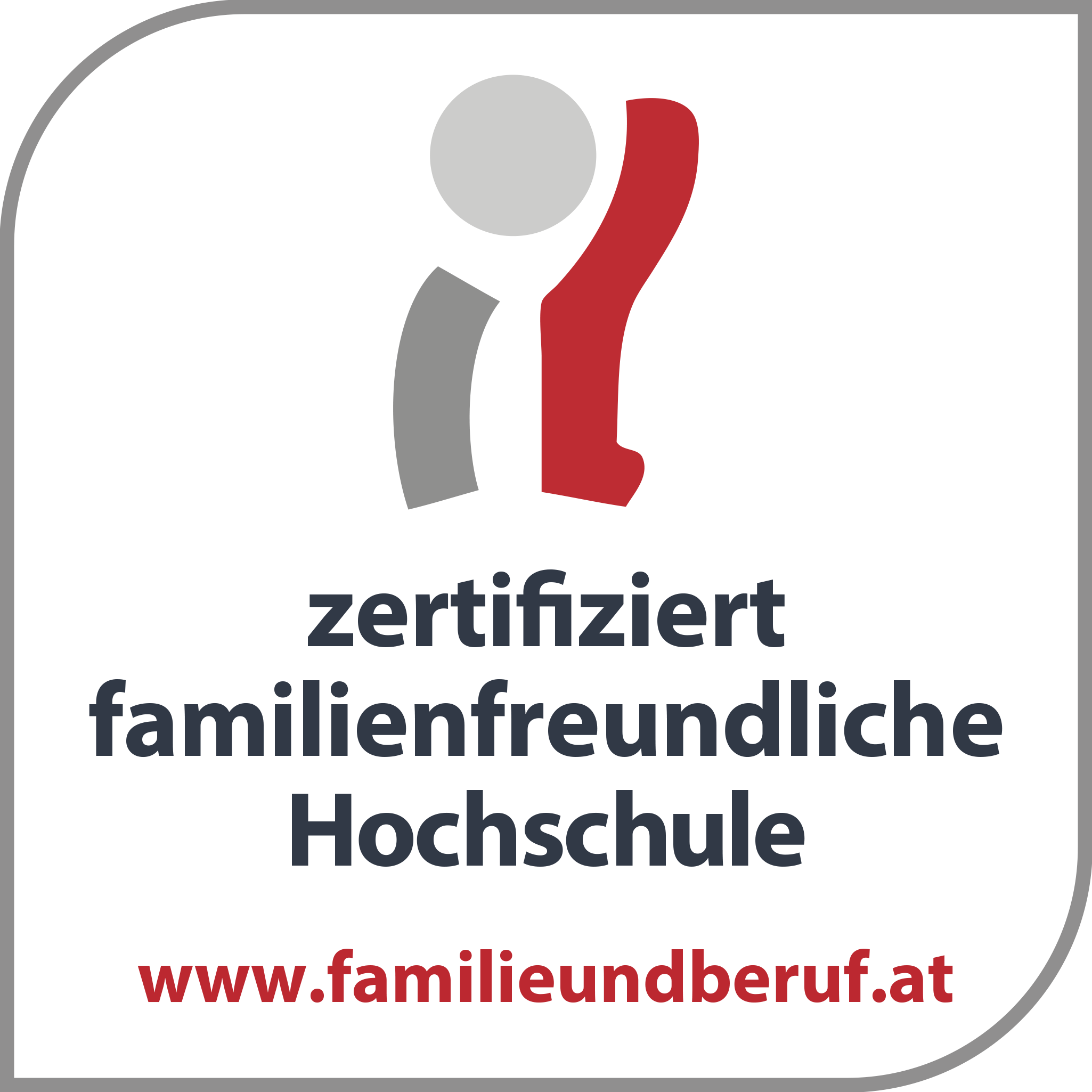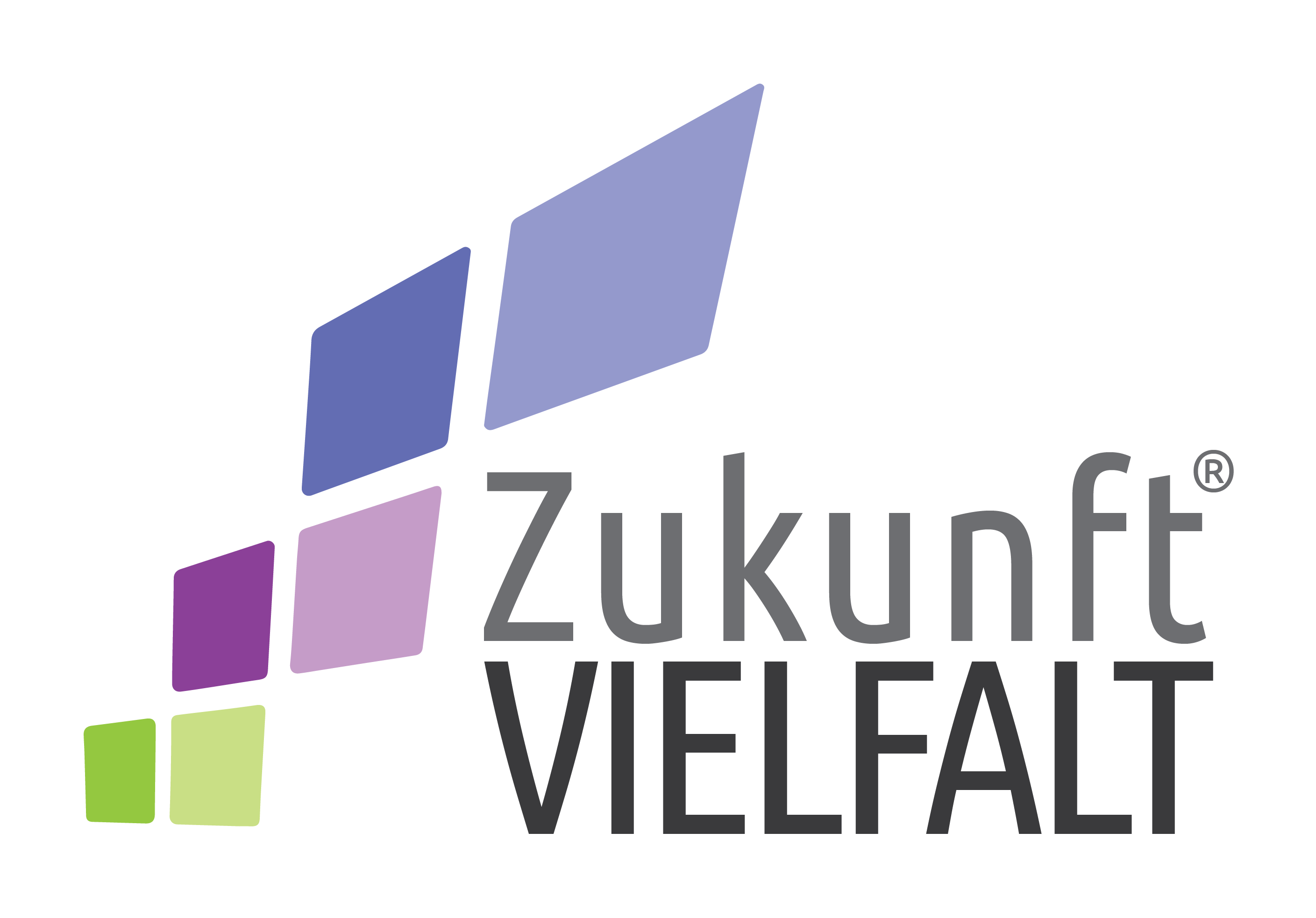Research stay at Erasmus University of Rotterdam
My Wonderful Stay in Rotterdam
By Alexander Guggenberger
In the fourth year of my PhD, a co-author of mine, Georg Granic, invited me to visit the Department of Applied Economics at Erasmus University of Rotterdam, where he leads the Behavioural Economics group. While being intellectually curious and open-minded (as one would expect for a PhD student), I am not so much into travelling and had not left Austria for six years at that point. Yet there I was, on a local Dutch train, feeling touristy, passing through the city of Gouda, with nothing but a suitcase full of great expectations, my PhD project, and some generous funding by the Erasmus+ short term mobility program. My ÖBB Nightjet had arrived in Utrecht almost two hours late, and the anticipation of the refunds I could claim from ÖBB made my heart smile.
My office for the next one and a half months was on the 18th floor, with a marvelous view over the city. The buildings that constitute the campus are named after influential Economists; the highest one being the Tinbergen Building. As the story goes, Jan Tinbergen had his office on the very top floor so he could overlook the whole Economy of the Netherlands (You can actually see the city of Amsterdam on a clear day). I immediately felt at home as there were two public pianos on campus and a SPAR shop – SPAR is a Dutch acronym of the slogan Door Eendrachtig Samenwerken Profiteren Allen Regelmatig = DE SPAR, meaning “the spruce”, thus the symbol. The meaning of the slogan should be understandable to any German speaker, demonstrating once again that “a language is a dialect with an army and navy“(Weinreich). Yet, to an economist, the slogan sounds like increasing producer surplus through collusion.
The Erasmus Universiteit Rotterdam has its origins in the Netherlands School of Commerce. As a consequence, its department of Economics is historically strong and internationally recognized. The group of Behavioural Economics alone comprises more members than the whole department of Economics back home in Salzburg. The presentation of my PhD project went well and yielded some valuable feedback. Having one’s presentation style severely criticized by somebody who collaborated with a Nobel Prize winner surely has something upraising to it.
Being home to the largest seaport of Europe (and, in fact, outside Asia), everything in Rotterdam is very modern and efficient. For example, they have a park named het park (the park) and another one named ons park (our park). Public waste containers have underground reservoirs and in terms of architecture, Rotterdam is a modernist dystopia with hardly any historical buildings. Also, the Rotterdamse Economy is highly digitized. Shortly after arriving, when I tried to paid cash, the cashier would look at me bewilderedly. Card only. O brave new world, that has such people in ‘t!
In terms of cultural activities, I visited the Boijmans van Beuningen Depot, the first depot of a museum which is accessible to the public, and, among other things, exhibits the smaller version of Pieter Bruegel’s “The Tower of Babel” (the larger version is in the Museum of Art History in Vienna). From Rotterdam, it’s only a one-hour train ride to Den Hague, where I went for a rendezvous with Vermeer’s famous “Girl with a pearl earring” and to visit the MC Eschermuseum. In the latter, I was addressed in Dutch by museum staff, before I kindly asked him to switch to English. “You look very Dutch”, said he, with a nod of approval. I felt flattered for the rest of the day. Yet, I knew my work there was done. I returned to Austria shortly after that incident.





